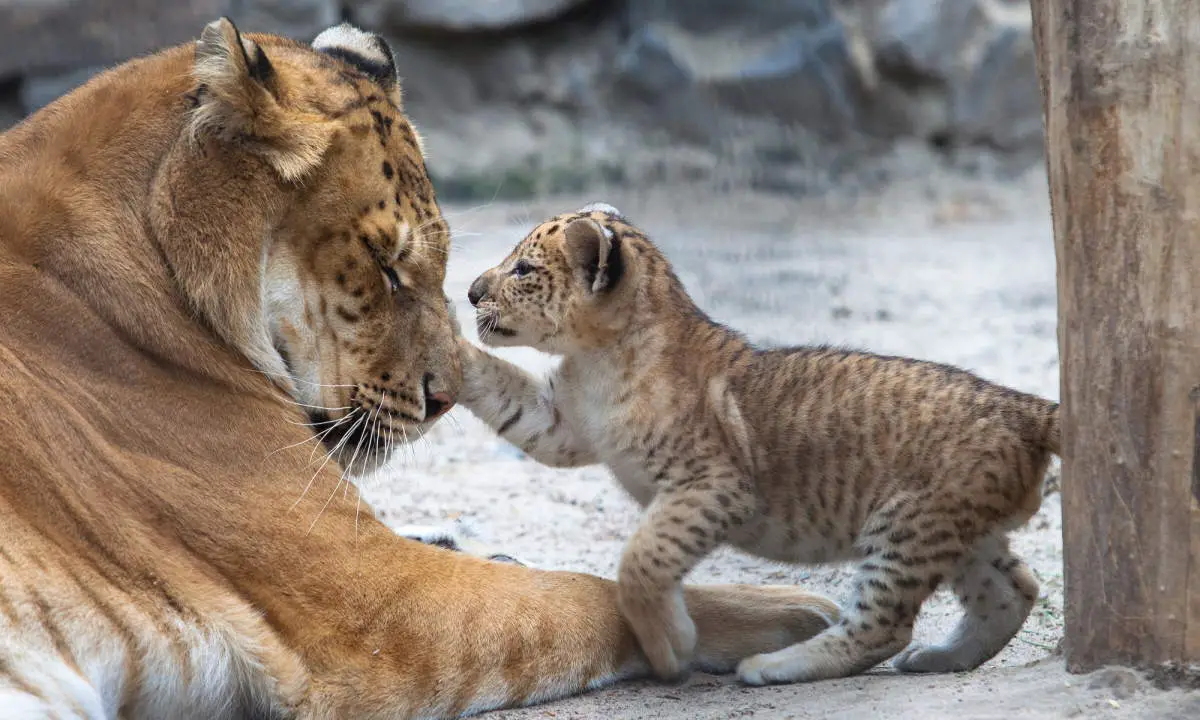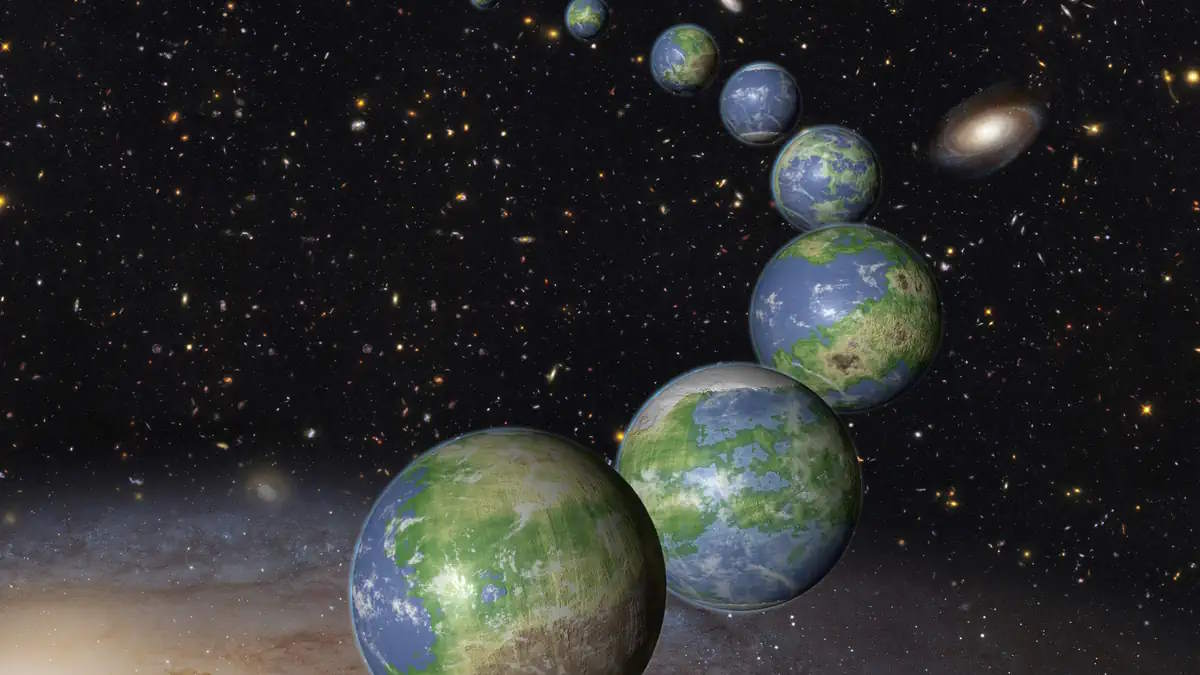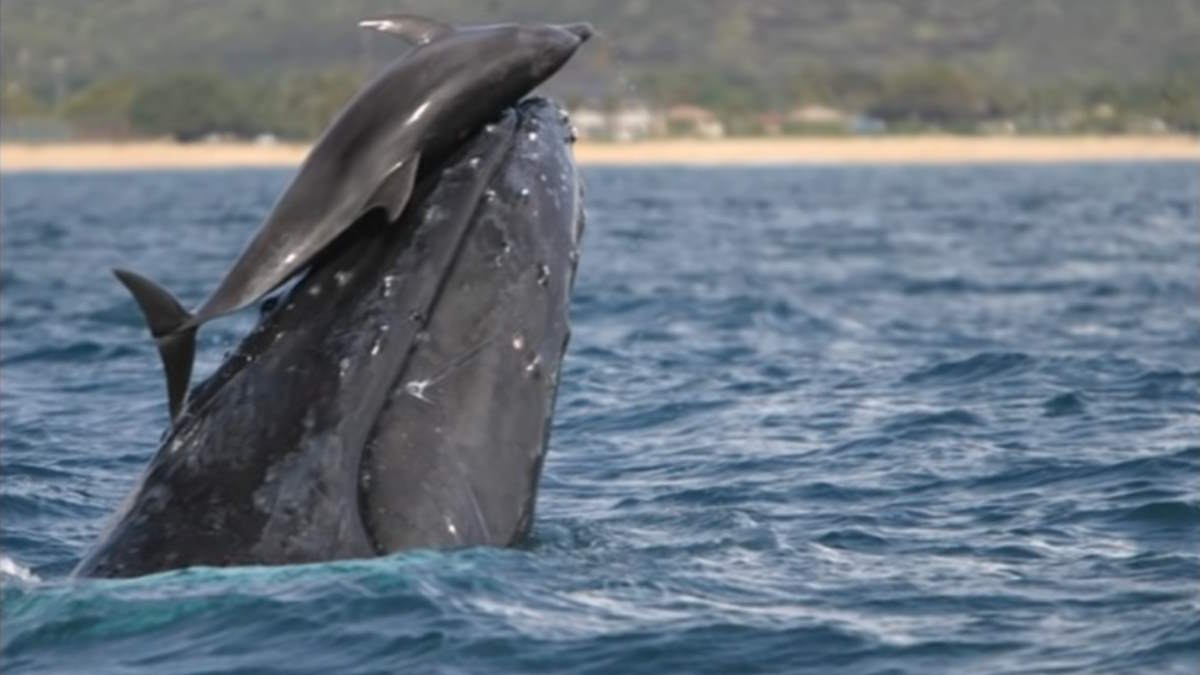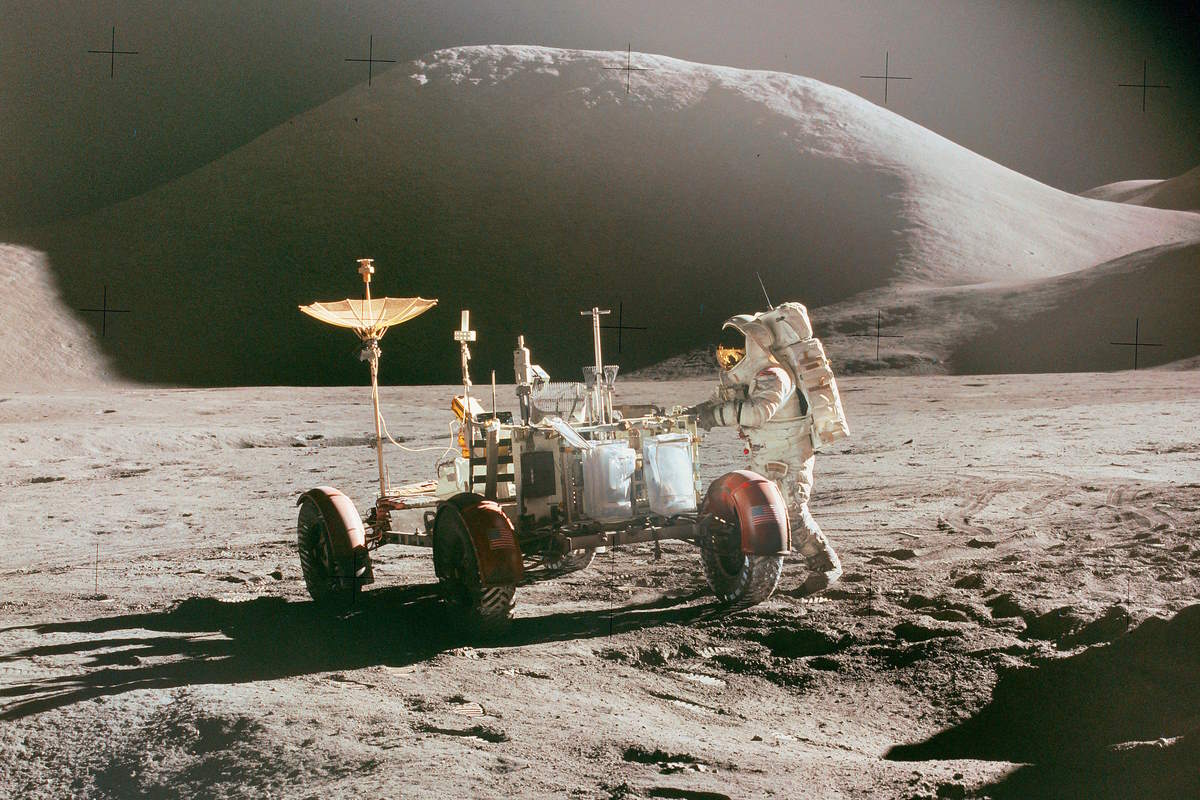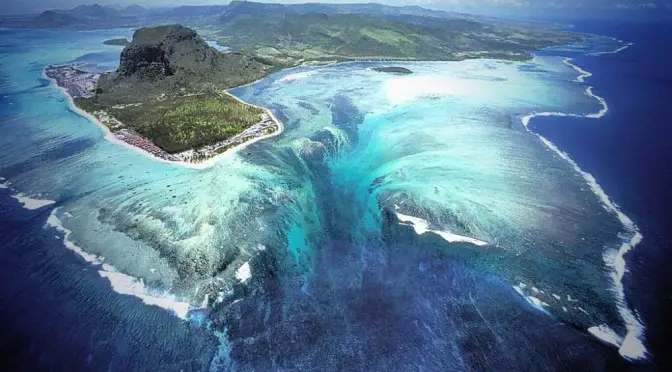Four of the five species of the big cats (the Panthera genus – lion, tiger, leopard, jaguar, and snow leopard), the exception being the snow leopard can hybridize with each other to produce numerous hybrids. In fact, most of these animals’ habitats do not overlap, for example, lions live in Africa and tigers in Asia. However, hybrid big cats can be born by accident in captivity.
Continue reading “Hybrid Big Cats [Ligers, Tigons, and more, with photos and videos!]”Top 10 driest places on Earth
The Earth is home to an incredible variety of landscapes, from lush tropical rainforests to snow-capped mountains. However, there are also places on our planet where rainfall is extremely scarce and the land is bone-dry. In this article, we will explore the top 10 driest places on Earth, from deserts to the harsh terrains of polar regions, and learn about the unique conditions that make them so arid. Let’s delve into the fascinating world of extreme dryness.
Continue reading “Top 10 driest places on Earth”The average and maximum depths of the oceans
The Earth’s oceans are vast and largely unexplored, covering over 70% of the planet’s surface. Despite our limited knowledge of the depths below, scientists have been able to determine both the average and maximum depths of the oceans through a variety of methods. Understanding these depths is crucial for a range of scientific and practical purposes, from predicting oceanic currents to exploring the mysteries of deep-sea life.
Continue reading “The average and maximum depths of the oceans”10 Fascinating Earth Facts Linked to the Solar System
Our home planet, Earth, is the third of the four smaller inner planets (Mercury, Venus, Earth
There are numerous ways in which the Earth is intricately linked to the other planets, moons, and celestial bodies that make up our solar system, each of which has fascinating implications for our understanding of our planet and the universe as a whole. In this article, we’ll explore 10 of the most interesting Earth facts that are intimately tied to the solar system in which we reside.
Continue reading “10 Fascinating Earth Facts Linked to the Solar System”New Study Suggests 92% of Earth-Like Planets Have Yet to Be Born
A recent study led by Peter Behroozi of the Space Telescope Science Institute (STScI) in Baltimore, Maryland suggests that the vast majority of Earth-like planets in the universe have yet to be born. Using computer simulations to model planet formation around stars in the Milky Way galaxy, Behroozi and his team found that only 8% of potentially habitable planets have already formed. This means that the remaining 92% are yet to be born. The study’s findings have significant implications for our understanding of the prevalence of life in the universe and the prospects for finding it beyond our solar system.
Continue reading “New Study Suggests 92% of Earth-Like Planets Have Yet to Be Born”Your Life On Earth [presented by BBC]
“Your life on Earth” is a nice interactive webpage presented by the BBC – The British Broadcasting Corporation: how you and the world have changed since you were born? You’re simply entering your birth date, gender
Scientists Spot Dolphins Surfing on Whales’ Heads
In two different locations on the coast of Hawaii, scientists have observed unusual interactions between bottlenose dolphins and humpback whales as dolphins rode the heads of whales. Rather than just swimming alongside the whales, the dolphins take things a step further and leap onto their heads, using them as a kind of surfboard. The whales lifted the dolphins up and out of the water, and then the dolphins slid back down.
Continue reading “Scientists Spot Dolphins Surfing on Whales’ Heads”Photographs that were taken during the Apollo program [1966-1972] are now on Flickr, free to use
The Apollo program is a significant milestone in the history of space exploration. During the program, NASA sent astronauts to the moon and captured breathtaking photographs of the lunar surface and space. These photographs have been treasured by space enthusiasts and researchers alike for decades, and now, they are available for everyone to access. Thanks to a collaboration between NASA and Flickr, a vast collection of Apollo program photographs, spanning from 1966 to 1972, is now freely available on the photo-sharing platform. This unprecedented move allows people to explore and use these historic images in new and creative ways.
Continue reading “Photographs that were taken during the Apollo program [1966-1972] are now on Flickr, free to use”10 Amazing Natural Wonders around the World (Part II)
Here are 10 amazing natural wonders around the World. A few more amazing places on Earth, some of these natural wonders even look extraterrestrial.
Continue reading “10 Amazing Natural Wonders around the World (Part II)”Here’s Why Chimpanzees are Stronger than Humans
Chimpanzees are our closest cousins, they share 98 percent of their genes with us. Despite this genetic similarity, chimpanzees possess physical attributes that far exceed the capabilities of the average human. Notably, chimpanzees are significantly stronger than humans, possessing a muscle mass that allows them to lift and carry objects that would be impossible for us. The reasons for this superior strength are multifaceted and have been the subject of much research and debate. In this article, we will explore the various factors that contribute to the physical prowess of chimpanzees and compare them to the abilities of humans.
Continue reading “Here’s Why Chimpanzees are Stronger than Humans”